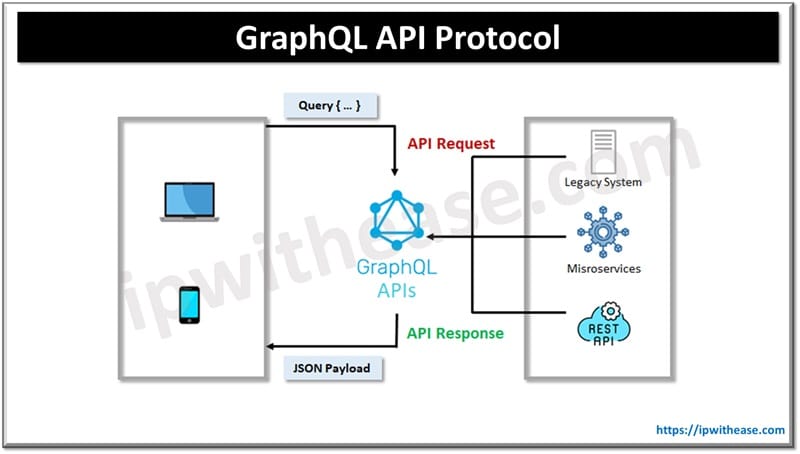Table of Contents
Cloud based communication uses APIs very commonly. APIs act as software mediators to allow applications to communicate with each other. Organizations leverage APIs to give secure access to its data and applications. API is the most common language of cloud computing. There have been a lot of dependencies on APIs in the past 10 years as APIs are helping businesses to make their services and applications more scalable, accessible and profitable. APIs help in simplifying the development of new applications and tools with enhanced security.
In today’s topic we will learn about different types of API protocols, their key characteristics, and why we need them.
What are API Protocols
A protocol in general terminology sets the standard rules for communication, in a similar fashion API protocols are pre-defined rules which establish commands and types acceptable in API communication. Standardization of data exchange is achieved between two applications using them. The API protocols establish rules on how API will connect to the Internet and information transfer will happen. Building and designing of API is determined by API protocols as well as what all is required to maintain it.
Types of API Protocols

REST API Protocol
Representation State Transfer or REST API protocol is the most widely used protocol. Other protocols require to wrap routes into XML, REST defines a route with a URL which is much simpler. But the only drawback of REST APIs is they can only transmit information using HTTP which is insecure as it transfers text in plain text.
API developers can make text transmission reusable by use of formatting parameters. Mentioning content type in header such as .avi, or .jpeg files but these files will be encoded in text using JASON or XML format. Incredible range of functions are provided by REST APIs but within the constraints of REST and HTTP.
REST protocol works more on recommendation rather than enforcement on formatting suggestions in HTTP. REST API is less reliable as applications are required to be resilient for unexpected loads and bad requests and both consumer and producer of API need to take care of it.
The architecture requirements of REST API are as under:
Client – Server Architecture – API interface resides with client and it is separate from data reside on server
Stateless – every request made to API is independent and calls are also independent of each other.
Cacheable – Cached data can be retrieved by REST API but we need to mention if we need cache functionality or not
Layered – whether API is interacting directly with server or working with load balancer or proxy its behaviour remains same
Related: Web Socket vs REST

SOAP API Protocol
Simple Object Access Protocol (SOAP) communicates via major communication protocols of the Internet such as TCP, SMTP and HTTP. It is more flexible as compared to REST but more restrictive in nature. It works only on XML data and is more rigid in terms of requirements of requests.
SOAP requests and coding are complex and require more bandwidth. It requires metadata files while describing requests to make exchange more predictable. Enabling stateful requests unlike REST which is stateless. It lets more complex data exchange happen with reliability and can deliver to more channels just then only HTTP. It uses a service interface not the standard URL based interface leading to more discoverability. It is better fit for finance applications which require more reliability than speed and costs.

RPC API Protocol
JSON and XML based response is provided by Remote Procedure Call (RPC) . This protocol calls a method. The RPC response provides confirmation of the function trigger or an error to indicate why it failed. Unlike the REST API which works with resources, the RPC API works with actions.
RPC URLs identify servers only. RPC servers are usually private and not public. RPC call changes the server state and it is beyond stateless/stateful distinction. RPC API requires a high level of security and trust between its consumers and producers due to its nature of operations in private APIs. Reliability and performance are primary concerns in RPC APIs rather than discoverability and predictability.
RPC is widely used by client server applications. With light payload and limited parameters front end developers can access server methods. Methods can be called from remote locations so applications can be hosted separately from backend server hosting data and functions.

GraphQL API Protocol
It is not exactly a protocol but a query language. It uses HTTP and transmits data in payload of each request with a different approach than REST API. It has a single endpoint with unlimited data schemas. The users can write queries with data fields available and combine them in whatever order. HTTP Post request payload queries are sent and it returns data in the shape of schema.
ABOUT THE AUTHOR

You can learn more about her on her linkedin profile – Rashmi Bhardwaj



